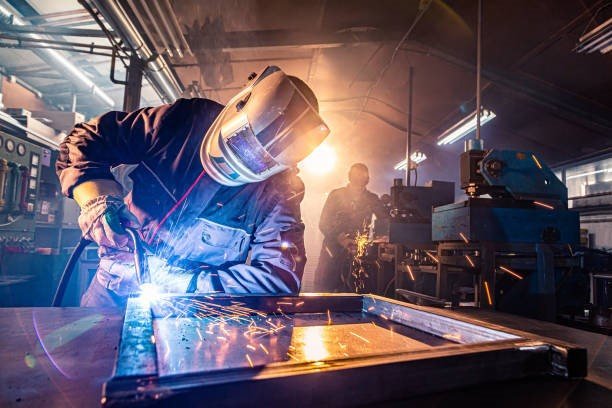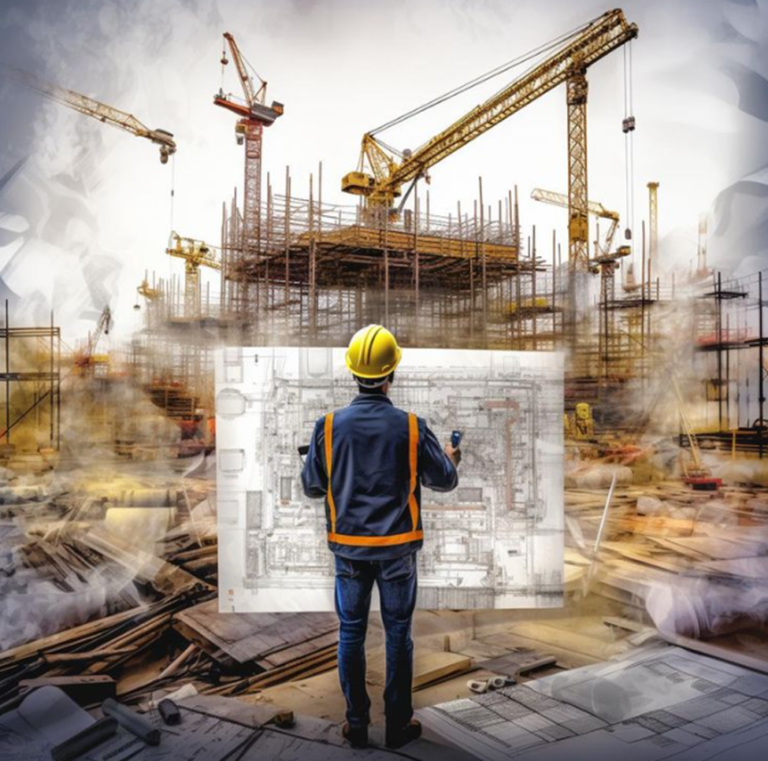Tower Cranes vs. Mobile Cranes: What You Need to Know
Tower cranes and mobile cranes are essential in construction. They serve different purposes. Here’s a look at their differences.

Structure and Design
Tower cranes are tall and fixed. They have a vertical mast. A horizontal jib extends from the mast. Counterweights balance the load. They are anchored to the ground. Stability is ensured through this design.
Mobile cranes are versatile. They have a movable base. A telescopic boom is mounted on the base. Outriggers provide stability during lifting. They can travel to various sites. Different designs suit various tasks.
Height and Reach
Tower cranes have impressive height. They can reach great heights. This makes them ideal for tall buildings. The jib provides extensive horizontal reach. Heights and reaches can be customized.
Mobile cranes have flexible height. The boom can extend and retract. Heights vary with boom length. They are suited for various heights. Horizontal reach depends on boom extension.
Mobility and Setup
Tower cranes are fixed. They are assembled nearby. Arrangement demands significant time. Disassembly is likewise time-taking. They stay fixed once installed.
Mobile cranes are exceptionally mobile. They travel to various sites without any problem. Arrangement is fast and simple. They are prepared to work quick. Mobility is their key element.
Load Capacity
Tower cranes lift heavy loads. They handle massive weights. Ideal for large-scale construction. Load capacity varies with height and reach. They distribute weight efficiently.
Mobile cranes lift diverse loads. Capacity depends on boom length. They handle moderate to heavy loads. Versatility is their strength. Load capacity varies by model.
Usage and Application
Tower cranes are for tall structures. Skyscrapers and large buildings need them. They handle high-altitude tasks. Used in long-term projects.
Mobile cranes are for various tasks. Short-term projects benefit from them. They handle diverse construction needs. Ideal for site-to-site jobs.

Stability and Support
Tower cranes have fixed stability. Anchored to the ground securely. Counterweights balance the structure. Stability is essential for tall heights.
Mobile cranes need support. Outriggers stabilize during lifting. They ensure balance on various terrains. Stability is adjustable per task.
Operator Positioning
Tower cranes have elevated cabs. Operators sit high above. They have a bird’s eye view. Controls are within the cab. Communication with ground crew is vital.
Mobile cranes have ground-level cabs. Operators sit close to the base. They use cameras and mirrors. Controls are ergonomic. Proximity to the ground aids maneuverability.
Cost and Investment
Tower cranes are costly. Setup and maintenance are expensive. Ideal for large, long-term projects. Investment is substantial but worthwhile.
Mobile cranes are cost-effective. Lower setup costs. Ideal for short-term projects. They offer good return on investment. Versatility adds to value.
Environmental Impact
Tower cranes have minimal emissions. They use electricity. Suitable for urban areas. Noise levels are moderate.
Mobile cranes have variable emissions. Diesel engines are common. Emissions depend on fuel type. Noise levels are higher.
Assembly and Dismantling
Tower cranes need skilled assembly. Time-consuming setup. Requires expertise. Dismantling is equally complex.
Mobile cranes need minimal assembly. Quick setup process. Easy dismantling. Efficiency in mobility.
Customization and Adaptability
Tower cranes have restricted customization. Designed for explicit tasks. Flexibility is in level and reach. Tower cranes need talented assembly. Time-taking arrangement. Requires skill. Destroying is similarly complicated.
Mobile cranes need negligible assembly. Fast arrangement process. Simple dismantling. Proficiency in mobility. Mobile cranes are exceptionally adjustable. Different attachments accessible. Versatile to multitasks. Adaptability is their trademark.
Weather Considerations
Tower cranes endure harsh climate. Planned for stability. Can work in wind and rain. Security measures are basic.
Mobile cranes are climate-dependent. Operation fluctuates with conditions. Stability in unfavorable weather conditions is testing. Safety protocols are fundamental.
Technological Integration
Tower cranes utilize modern technology. Computerization and sensors are normal. They upgrade accuracy and safety. Remote operation is conceivable.
Mobile cranes additionally use modern technology. GPS and telematics are coordinated. They help in activity and following. Having advanced safety measures.
Conclusion
Tower cranes and mobile cranes Offers different roles in construction. Main features of tower cranes are excelled in height and heavy lifting. While on the other hand mobile cranes offer flexibility and mobility. Both are very important in construction. Their different characteristics highlight their unique assets.
FAQ’s
Which one more efficient Tower crane or Mobile crane?
Why mobile crane is not good for heights?
Tower crane vs mobile crane. Which one is cost effective?
Tower crane of mobile crane; which one is best in worse weather conditions?






